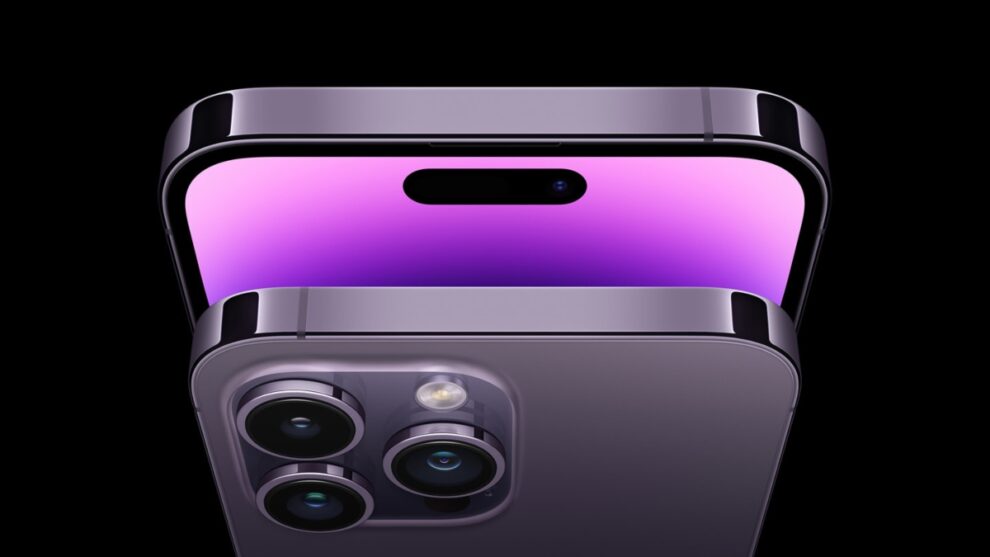Apple has transitioned to an eSIM with the launch of the iPhone 14 series. But which one is better? Here is a comparison of the newly introduced iPhone 14 eSIM vs the traditional physical SIM.
The iPhone 14 models sold in the U.S do not have a physical SIM card slot. This would make it difficult to switch to a new iPhone – as you can’t transfer the SIM from your old phone to your new device.
An eSIM is a digital SIM card that can activate a cellular network plan without needing to visit a physical store. The process happens digitally.
A comparison of the iPhone 14 eSIM vs Physical SIM
The digital SIM comes with its own set of benefits and downsides. Read more to understand the possible impacts of this switch.
Pros of using an eSIM:
- Simpler process of activating SIM without having to visit a physical store or waiting for a SIM card to arrive
- More secure as your eSIM can not be removed and accessed if your iPhone gets stolen
- More space inside the iPhone case for other parts
- Your cellular network can send updates directly to your iPhone
- Easily check a cellular network (T-Mobile gives a 3 month trial via eSIM)
- Adding a data line is easier because a phone’s dual SIM tray is not needed. Apple supports eight data lines and up to two phone numbers with the eSIM
Downsides of using an eSIM:
- Potential hurdles while traveling as the eSIM option is only available for iPhone 14 sets sold in the US
- Difficult to use other phones by switching the SIM card as the software process will take a lot of time.
- Dependent on the carrier as users will have to contact the carrier every time they want to change their phone
- Potential charges for swapping eSIMs in the future
- The transition of eSIM may be challenging for elderly or disabled people
Lack of choice for users
Similar to the headphone jack option, Apple is moving towards better and more secure ways to connect. However, customers are not happy with the lack of choice. Especially people who are constantly traveling out of the US will have issues with the shift.
There are many countries where wireless carriers will require a physical SIM card. The options can be limited for countries that support eSIM, However, if you are unable to activate an eSIM from a country’s local carrier, you can search for worldwide service providers, like Airalo and Ubigi. But these are much more expensive than local service providers. They also cover data networks so it won’t be possible to get a local number to conduct businesses in the area.
How to set up an eSIM?
Apple offers three methods to set up an eSIM:
- Quick Transfer: It wirelessly converts a traditional physical SIM on one device to an eSIM on another or switches an existing eSIM between devices.
- Carrier Activation: It turns on a new phone line of service along with the iPhone’s primary setup process.
- Carrier apps/websites: They act as an alternate option for service carriers that do not support quick transfer or carrier activation. Users can provide their account information and the website or app will scan a QR code to set up their eSIM on the new phone.
